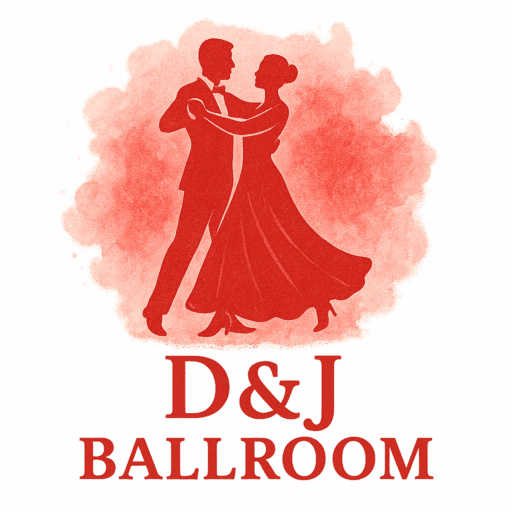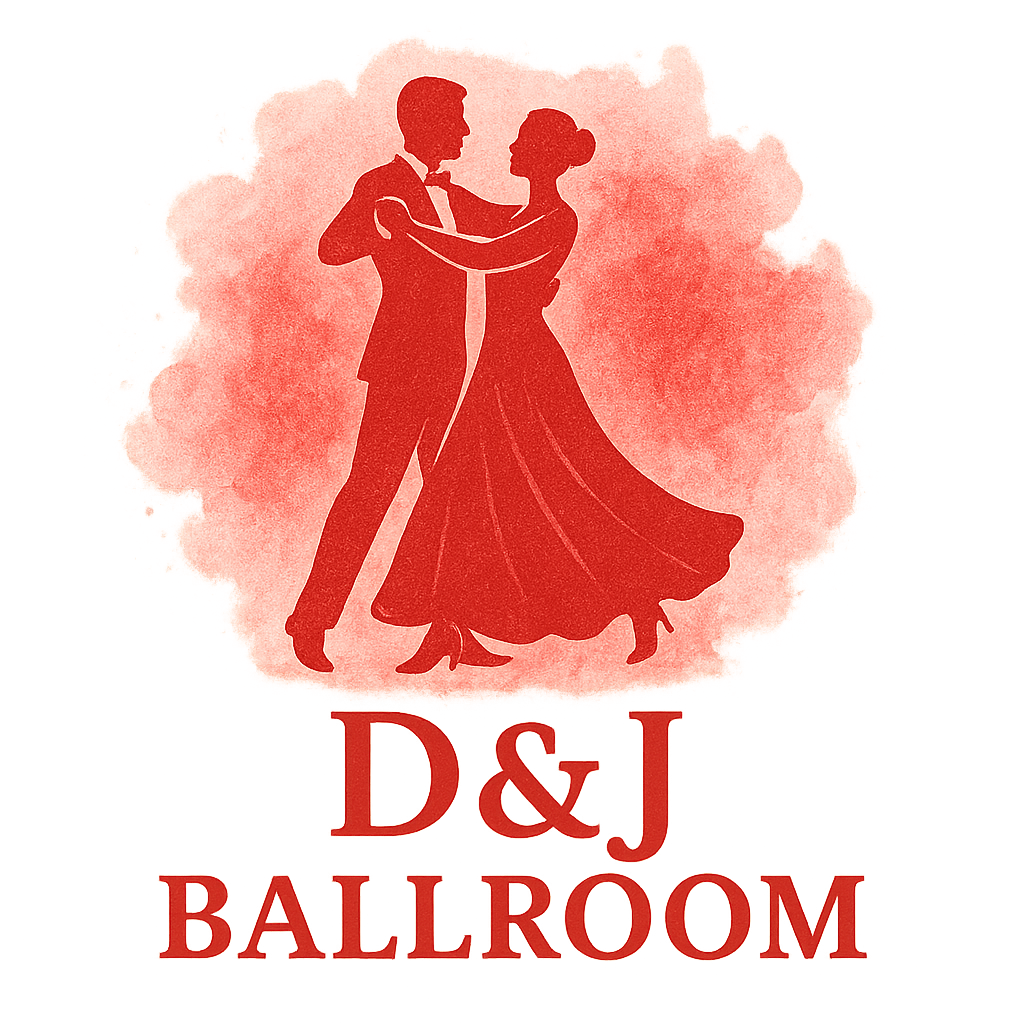Introduction to Ballroom Shoulder Technique
Ballroom dancing is more than elegant steps and flowing gowns—it’s about precision, control, and artistry. One of the most overlooked yet essential skills is shoulder relaxation. Without it, your frame looks stiff, your movements lack flow, and your connection with your partner suffers. That’s why every dancer should explore targeted ballroom techniques and training to refine their upper body posture.
Why Shoulder Relaxation Matters in Ballroom Dance
Posture and Energy Flow
Ballroom posture isn’t just about standing tall—it’s about allowing energy to flow freely through your body. Relaxed shoulders make this possible, enhancing your lines whether you’re gliding in a waltz or powering through a tango. Explore the rich history and culture of ballroom, and you’ll see how posture has always defined elegance on the dance floor.
Common Shoulder Mistakes in Ballroom
Beginners often tense their shoulders upward, thinking it strengthens their frame. Others push them unnaturally backward, straining their muscles. Both mistakes create discomfort and limit expression. Targeted training drills help reprogram your body for a natural, effortless stance.
The Connection Between Shoulders and Partnering
Leading and Following Through Shoulder Alignment
Leading isn’t about force—it’s about alignment. Smooth communication with your partner starts with relaxed shoulders. When combined with different dance styles like foxtrot or quickstep, aligned shoulders ensure that signals pass clearly.
Avoiding Tension in the Upper Body
Followers often carry unnecessary tension in their upper body, which makes the frame heavy. Practicing mindful drills allows smoother responsiveness and effortless connection.

Preparing for Ballroom Technique Drills
Warm-Up Stretches for the Upper Body
A good dancer knows never to skip warm-ups. Light stretches like arm swings and cross-body stretches prepare the shoulders. For full preparation routines, many professionals include them in their ballroom training sessions.
Breathing Exercises Before Training
Breathing deeply prevents shoulder tension from creeping in. In ballroom culture, breath control is often compared to setting the rhythm of life—an important part of dance culture itself.
Drill 1: Shoulder Rolls for Ballroom Dancers
This simple but powerful exercise helps release stress instantly. It’s especially effective before quick-paced dances like cha-cha or jive.
👉 Learn more about similar ballroom drills to refine your posture.
Drill 2: Wall Alignment Shoulder Drill
This exercise trains your frame for competitions by improving alignment. By pressing shoulder blades to the wall, you learn proper positioning.
👉 For more tips, check out expert ballroom training techniques.
Drill 3: Resistance Band Shoulder Openers
Strengthening stabilizer muscles helps keep your frame light but powerful. Resistance bands are great for balance and endurance.
👉 Find related training advice that complements these drills.
Drill 4: Partner Connection Shoulder Relaxation
This one is practiced with a partner to focus on fluidity and responsiveness. It’s perfect for couples preparing for shows or ballroom competitions.
Drill 5: Weighted Arm Extensions for Relaxed Frame
Using light dumbbells builds endurance in the arms while training shoulders to stay relaxed. A helpful trick before performing in costume, since ballroom attire and fashion can sometimes restrict movement.
How to Incorporate Shoulder Relaxation Drills Into Training
Combine drills into your daily practice routine. For pre-competition warm-ups, quick rolls and resistance bands are often enough to get performance-ready.
Additional Tips for Maintaining Relaxed Shoulders
The Role of Dance Attire
Believe it or not, your outfit can influence tension. Costumes that are too tight can cause subconscious shoulder lifts. Always test clothing during rehearsals. Explore more at ballroom attire and fashion.
Nutrition and Hydration
Muscles work better when hydrated. Foods rich in magnesium prevent cramps, ensuring your body feels light. Dancers often tie this to overall cultural wellness in ballroom.
Mental Relaxation Techniques
Stress is a hidden culprit behind shoulder stiffness. Meditation and visualization help relax the body. Throughout ballroom history, many dancers have embraced mental techniques alongside physical training.
Conclusion
Relaxed shoulders are the secret to elegance, fluidity, and effortless partnering in ballroom. By practicing these ballroom technique drills for shoulder relaxation, you’ll not only improve posture but also enjoy a deeper connection with your partner. Whether you’re training casually or competing in glamorous ballroom events, mastering shoulder relaxation will take your performance to the next level.
FAQs
1. How often should I practice ballroom technique drills for shoulder relaxation?
Aim for 10–15 minutes daily. Many training programs recommend consistency over intensity.
2. Can beginners benefit from these drills?
Absolutely! Beginners benefit most from relaxed frames—check out starter ballroom drills.
3. Do I need special equipment for these drills?
Not necessarily, though resistance bands and light weights help. These are often suggested in ballroom training.
4. Will relaxed shoulders make me look less “strong” in frame?
No. Relaxation enhances strength and control, which judges notice in competitions.
5. What’s the fastest drill for competition warm-ups?
Shoulder rolls and band openers. Many dancers use them right before ballroom competitions.
6. Can these drills help prevent injury?
Yes, relaxed muscles reduce strain. Injury prevention is one reason ballroom training techniques emphasize them.
7. How do I know if my shoulders are relaxed enough?
Your partner should feel a light connection. For practice tips, try resources on partnering drills.


